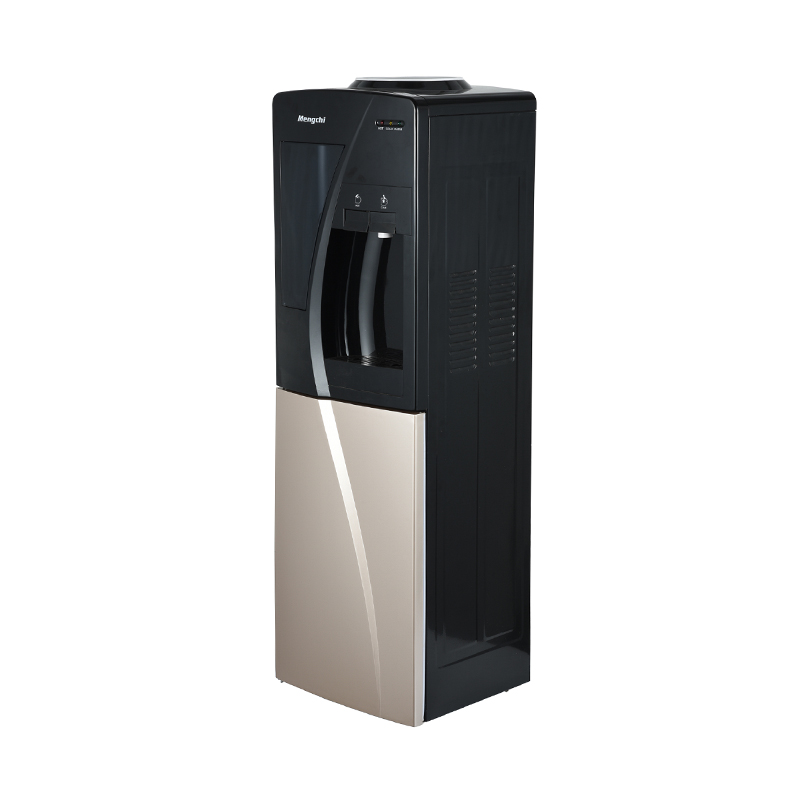The condenser in the freezer is one of the crucial components in the refrigeration system. Its function is to cool the high-temperature and high-pressure refrigerant gas into a high-pressure liquid.
Condenser location:
Typically, the condenser is installed at the back or bottom of the freezer. This location helps to better dissipate heat and ensure efficient operation of the refrigeration system.
Heat dissipation process:
The condenser is a radiator that dissipates the high-temperature and high-pressure gas of the refrigerant into the surrounding air through the external environment or a cooling fan. During this process, the refrigerant releases heat, causing it to cool and gradually condense into a high-pressure liquid. This is a critical step in the refrigeration process because it changes the refrigerant from its gaseous state to its liquid state.
Condenser structure:
A condenser usually consists of a series of metal tubes or coils that act as channels for the refrigerant to flow. These pipes often have fins on their surfaces to increase their surface area and facilitate heat transfer. Inside the condenser, the refrigerant undergoes a phase change process from gas to liquid. The design and structure of the condenser directly affects the efficiency of the refrigeration system.
Phase change of refrigerant:
In the condenser, the high-temperature and high-pressure refrigerant gas passes through the metal tube or coil and contacts the condenser surface. With the help of heat sinks, the refrigerant releases heat, causing its temperature to drop. This causes a phase change in the refrigerant, from a gas to a liquid state. This phase change process is accompanied by a large amount of heat release, ensuring that the refrigerant condenses into a high-pressure liquid in the condenser.
Importance and efficiency:
The performance of the condenser is critical to the efficiency of the entire refrigeration system. A high-efficiency condenser can cool the refrigerant more effectively, ensuring that the refrigerant remains a high-pressure liquid before entering the expansion valve. This helps maintain the normal operation of the entire refrigeration system and improves the refrigeration performance of the freezer.











